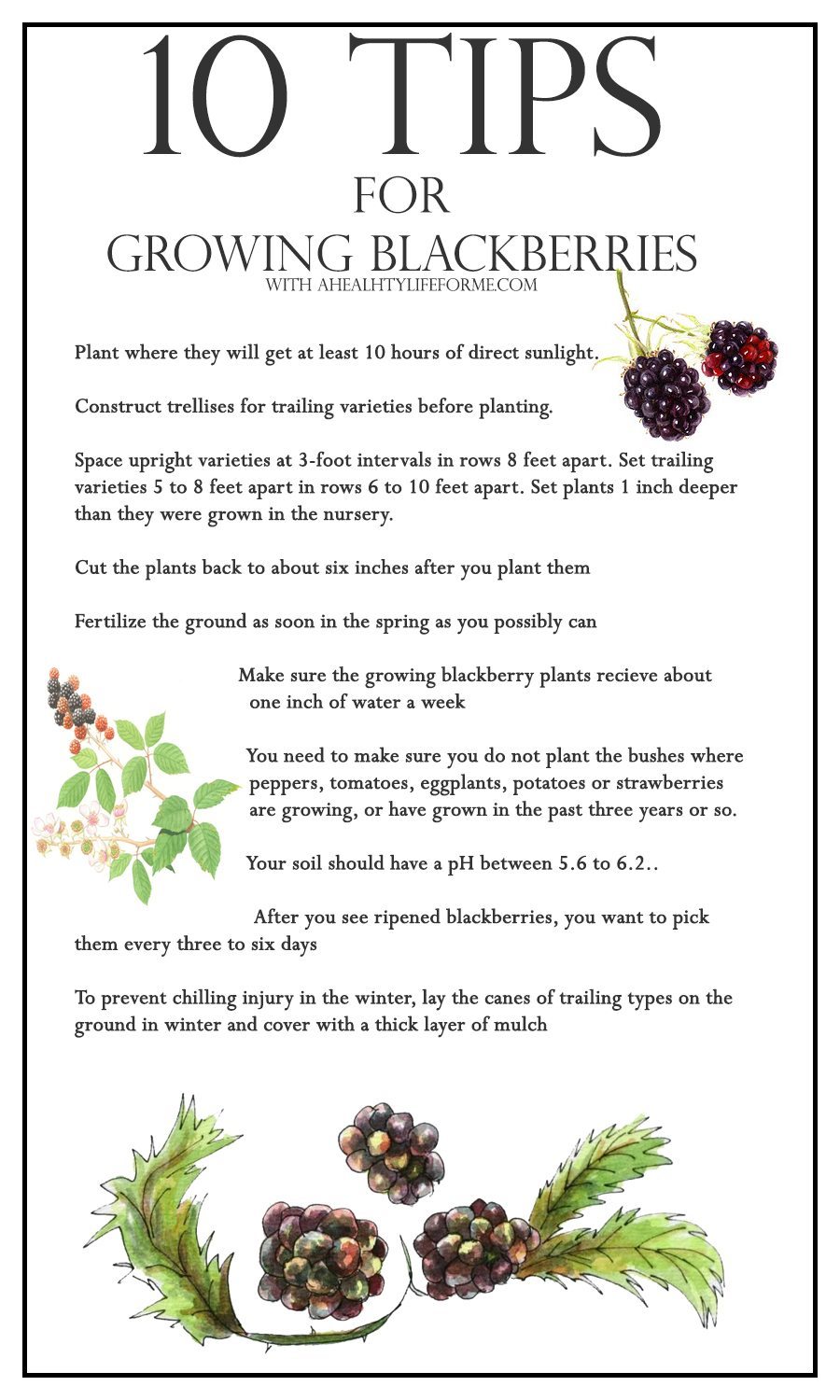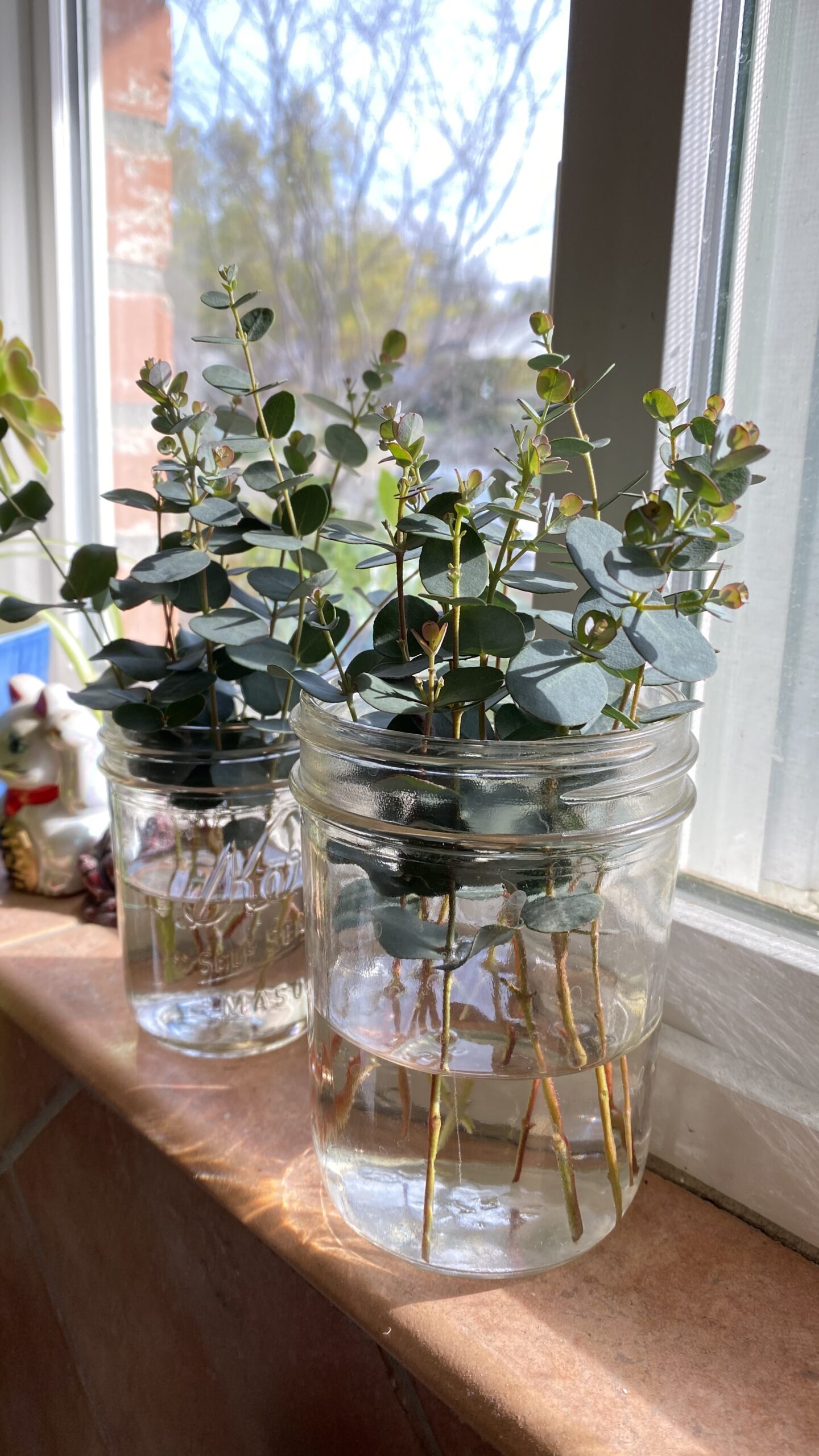Best way to grow blackberries

Blackberries are delicious fruits that are packed with vitamins, minerals, and antioxidants. Growing your own blackberries can be a rewarding experience and provide you with a fresh supply of this juicy fruit right from your backyard. In this article, we will discuss the best way to grow blackberries and ensure a healthy and bountiful harvest.
1. Choose the right variety
Before you start growing blackberries, it is important to choose the right variety for your climate and soil conditions. There are three main types of blackberries: erect, semi-erect, and trailing. Erect blackberries are the easiest to grow and maintain, while trailing varieties require more space and support. Semi-erect varieties are a good middle ground, combining the best qualities of both types.
Some popular varieties of blackberries include Marion, Cherokee, and Triple Crown. Do some research to find out which variety will thrive in your location and provide you with the best tasting blackberries.
2. Prepare the soil
Blackberries prefer well-draining soil with a pH level between 5.5 and 6.5. Before planting blackberries, make sure to prepare the soil by adding organic matter like compost or aged manure to improve fertility and drainage. Remove any weeds and rocks from the planting area to create a clean and healthy environment for your blackberry plants.
It is also a good idea to perform a soil test to determine the nutrient levels and pH of your soil. This will help you make any necessary adjustments before planting your blackberries.
3. Planting blackberries
Blackberries can be planted in either the spring or fall, depending on your climate. When planting blackberries, make sure to space them at least 3-4 feet apart to allow for air circulation and prevent diseases. Plant the blackberries in rows with a trellis or support system to keep the plants upright and make harvesting easier.
Water the blackberries regularly, especially during dry spells, to keep the soil moist but not waterlogged. Mulch around the base of the plants to retain moisture and suppress weeds.
4. Maintaining blackberries
Blackberries require regular maintenance to ensure a healthy and productive crop. Prune the plants in the spring to remove damaged or old canes and encourage new growth. Fertilize the blackberries with a balanced fertilizer in the spring to promote healthy growth and fruit production.
Monitor the plants for pests and diseases, and take appropriate action to control them. Common pests that affect blackberries include aphids, spider mites, and fruit flies. Keep an eye out for signs of disease like powdery mildew or cane blight and treat them promptly to prevent spread to other plants.
5. Harvesting blackberries
Blackberries are ready to harvest when they are fully ripe and easily come off the plant with a gentle tug. Harvest the blackberries early in the morning when they are cool to preserve their freshness and flavor. Store the harvested blackberries in the refrigerator and consume them within a few days for the best taste and texture.
Blackberries can also be frozen or preserved by making jams, jellies, or pies to enjoy them throughout the year. Experiment with different recipes and culinary creations to make the most of your homegrown blackberries.
Conclusion
Growing blackberries can be a fun and rewarding experience for any gardener. By choosing the right variety, preparing the soil, planting correctly, maintaining the plants, and harvesting at the right time, you can enjoy a bountiful harvest of delicious blackberries right from your backyard. Follow the tips outlined in this article to grow healthy and productive blackberry plants and savor the sweet taste of homegrown blackberries all season long.



